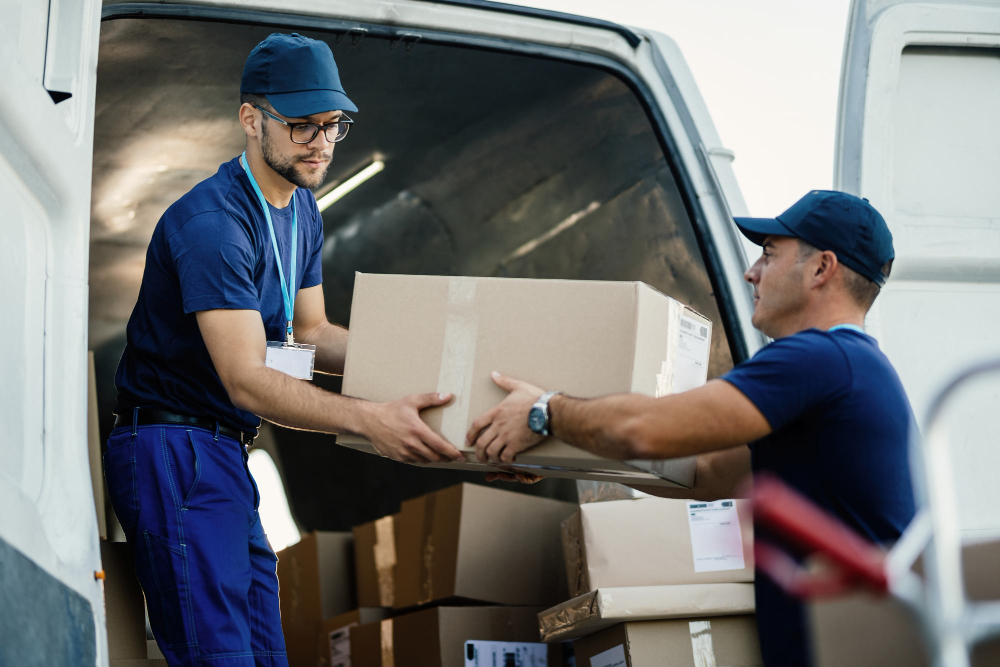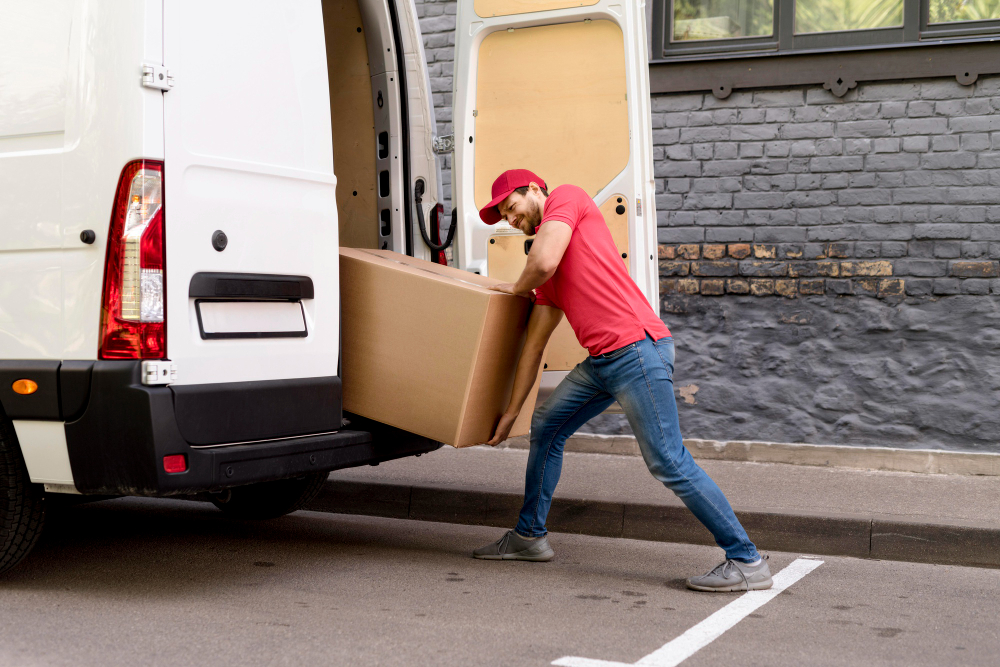Moving to a new home is a significant life event, and packing your fragile items, particularly glassware, requires special care and attention to ensure they arrive at your destination in one piece. Glass items can be delicate and prone to breakage, but with the right packing techniques, you can safeguard them during the move. In this guide, we’ll provide you with a step-by-step process for packing glass for moving.
Materials You’ll Need
Before you begin packing your glass items, gather the following materials:
- Sturdy boxes: Choose boxes specifically designed for moving, preferably new ones that are clean and free from damage.
- Packing paper: Use plenty of packing paper to wrap each glass item individually and provide cushioning within the boxes.
- Bubble wrap: Bubble wrap adds an extra layer of protection to your glass items.
- Packing tape: High-quality packing tape is essential to secure your boxes.
- Markers: Labeling your boxes will help you identify fragile items easily.
Step 1: Clean and Sort
Start by cleaning your glass items. Dust and debris can accumulate over time, and clean items are less likely to get damaged during the move. Once they are clean, sort your glassware into categories or sizes to make packing and unpacking more manageable.
Step 2: Wrap Individually
For each glass item, follow these steps:
a. Lay out a sheet of packing paper, and place the glass item in the center.
b. Fold one corner of the packing paper over the glass and tuck it snugly around the item.
c. Fold the sides of the paper in and continue to roll the glass tightly until it is completely wrapped.
d. Secure the paper with tape, making sure the entire item is covered and cushioned.
e. For extra protection, you can wrap the glass item with a layer of bubble wrap after the packing paper.
Step 3: Use Dividers or Cardboard Inserts
If you have multiple glass items that are similar in size, consider using dividers or cardboard inserts within the boxes. These dividers help create separate compartments for each glass, preventing them from touching and potentially breaking during transit.
Step 4: Choose the Right Box
Select a sturdy box that is the right size for your glass items. Avoid overpacking boxes, as this can lead to damage. Use smaller boxes for heavier glass items and larger boxes for lighter ones. Add a layer of crumpled packing paper to the bottom of the box for extra cushioning.
Step 5: Arrange and Cushion
Carefully place your wrapped glass items into the box. Ensure that they are snugly packed but not overcrowded. Fill any empty spaces with crumpled packing paper or bubble wrap to prevent shifting during the move. Place heavier items at the bottom and lighter ones on top.
Step 6: Seal and Label
Once the box is filled, seal it securely with packing tape. Be sure to label the box as “Fragile” and indicate which side is up. This will alert the movers to handle the box with extra care.
Step 7: Keep It Upright
During the move, it’s essential to keep boxes with glassware upright. This minimizes the risk of items shifting and breaking.
Step 8: Load Carefully
When loading the boxes into the moving truck, place them on top of heavier items and avoid stacking anything on top of them. This will reduce the risk of crushing or breaking your glass items.
By following these steps and taking the time to pack your glass items with care, you can increase the chances of them arriving at your new home intact. Remember that proper packing is an investment in the safety of your fragile belongings during the moving process.











